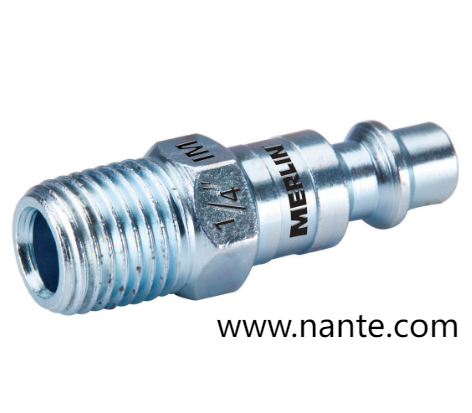Should maintenance teams keep labeled mating halves to speed replacements

On busy sites where uptime matters, a careful choice of Industrial Plug can keep heavy machines running and crews moving with confidence. As energy patterns shift toward distributed sources and resilience is a frequent topic in the headlines, technicians and planners are rethinking how connectors fit into power distribution plans. A sensible selection process reduces surprises during commissioning and helps maintenance teams avoid unnecessary visits after a system goes live.
Start by matching mechanical form to panel and frame layouts. Verify that the housing clears surrounding structure and that locking features allow secure mating under repeated engagement. When connectors must move between locations, choose designs that tolerate frequent handling and that show clear orientation marks to prevent reversed insertion. This simple visual check removes a common source of damage in the field and makes daily rounds quicker for service crews.
Electrical match matters as much as mechanical fit. Confirm that conductors fit the contact chambers without crowding and that earthing arrangements align with the intended wiring scheme. If a site uses mixed equipment from different eras, plan connectors that avoid makeshift adapters that create hot spots or that force cables into awkward paths. A mock assembly on a bench with the actual cables and device inlets is an effective way to confirm compatibility before installation teams commit to panel cutouts.
Consider the environment where the connector will be used when choosing materials and sealing details. Wet or dusty locations benefit from housings that resist ingress and that include covers for periods when the unit is idle. In confined spaces, select compact shells that still allow full insertion and a clear locking confirmation. Material choice affects handling feel and long term wear so match shell composition to both routine use and any expected mechanical contact.
Serviceability is an often overlooked value. Design assemblies so that routine inspection of contacts and strain reliefs can be done without full disassembly. Keep spare mating halves on hand and label them to match installed inlets so technicians can replace worn parts quickly with a correct referenced item. Consistent labeling and a short verification checklist attached to service orders reduce the chance that a substitute part will create a harder to diagnose fault later.
Vendor documentation can shorten the path from selection to field readiness. Look for clear diagrams that show orientation and mounting templates that reduce panel iteration. Suppliers who publish configuration examples and who present assembly images help procurement officers compare options without guessing. When technical staff can reference wiring guides and simple cutout drawings, commissioning moves faster and procurement avoids incorrect orders.
Training and trialing close the loop between specification and reality. A short commissioning run where technicians physically mate connectors, route the harness, and secure mounts often reveals access or torque issues that a paper plan cannot show. Let crews run a few insertion cycles to check retention and to observe whether covers seat properly under the actual cable bend radius expected in daily use.
Lifecycle planning improves long term value. Specify replacement parts and keep a small stock of matching components that reflect the installed configuration. When a unit is retired or replaced, update inventory records and adjust spare lists to match the current assembly. This habit reduces emergency procurement and keeps planned maintenance predictable for operations managers.
Safety practice remains central. Ensure procedures call for power to be isolated before any wiring work, and include grounding verification in final checks. When units are grouped within an enclosure, label feed paths and terminal positions so technicians can trace circuits without removing covers repeatedly. These steps simplify handover between shifts and reduce the likelihood of connection errors during busy periods.
If your projects involve heavy duty equipment or mobile units, consider running a representative mock up that mirrors the real installation and then validating that connectors mate smoothly and that housing dimensions work with panel surrounds. A practical trial often resolves subtle fit and routing issues and helps teams agree on a standard part reference for future orders.
For product visuals, mounting notes, and part references see the manufacturer resource at https://www.nante.com/product/socket-plug/industrial-plug/ which includes wiring guidance and compatible housing examples. The site also lists contact options to connect with technical staff who can support trial assemblies and assist with matching components to your project needs.
- Biografi
- Sanat
- Bilim
- Firma
- Teknoloji
- Eğitim
- Film
- Spor
- Yemek
- Oyun
- Botanik
- Sağlık
- Ev
- Finans
- Kariyer
- Tanıtım
- Diğer
- Eğlence
- Otomotiv
- E-Ticaret
- Spor
- Yazılım
- Haber
- Hobi
